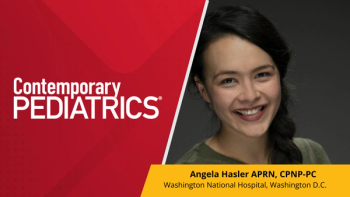
The medicine cabinet is worse than under the sink
Where do most emergency department cases of poisoning get their poisons from? Not from under the sink: try the medicine cabinet.
Where do most emergency department (ED) cases of poisoning get their poisons from? Not from under the sink: try the medicine cabinet.
A study in September’s American Journal of Preventative Medicine reports on a study of 3,034 cases of overdoses or poisoning for patients ages 18 and under during a one-year span. They excluded illegal drugs, alcohol, tobacco, bee stings, and lead poisoning. The data was gathered from the National Electronic Injury Surveillance System.
Children ages 5 and under were over 80% of the cases, found researchers led by Daniel S. Budnitz, MD, of the Centers for Disease Control and Prevention. More surprising was that medication taken without parental supervision accounted for ten times as many admittances as accidental overdoses pushed by parents.
Adding in all the poisoning that get handled by poison control groups, or are never reported, researchers estimate over 71,000 yearly ED visits are caused by poisonings. The biggest offended in the medicine cabinet are acetaminophen (9.3% of cases), cough and cold meds (7.3%), antidepressants (6.1%), and nonsteroidal anti-inflammatory drugs (5.3%).
Newsletter
Access practical, evidence-based guidance to support better care for our youngest patients. Join our email list for the latest clinical updates.








